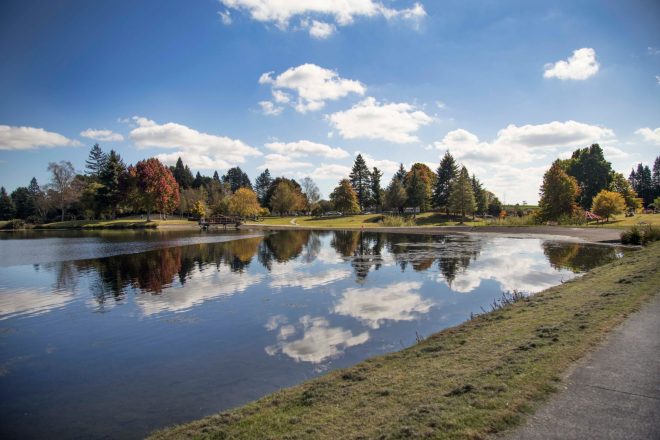History of Tokoroa
Tokoroa takes its name from the surrounding area. Tokoroa was a Chief of Ngāti Kahupungapunga, the first tribe in the area. He was killed at the siege of Pōhuturoa, south of the present town of Tokoroa. This battle was one of many that took place when Ngāti Raukawa spread into south Waikato around 1600.
Farming and forestry
The Thames Valley Land Company owned the area around Tokoroa in the 19th century. A small farming settlement emerged at Tokoroa. In the 1930’s, fertilisers became available to farmers allowing for increased agriculture. Between 1925 and 1935 New Zealand Perpetual Forests planted radiata pine forests close to Tokoroa. By the 1940s the commercial forests reached maturity and were felled. The New Zealand Perpetual Forests’ successor company, New Zealand Forest Products (NZFP), began constructing a pulp and paper mill at nearby Kinleith to process the wood. Forestry became a significant component of the area’s economy, employing hundreds of people.
A company town
From 1947 Tokoroa grew to house workers building and then working in the Kinleith mill. Unusually, a company developed the town – ‘New Zealand Forest Products’ – rather than by the state.
The company built 2,230 houses between 1947 and 1976, as well as camps for single men. The town’s layout, community facilities, and even the houses’ appearance were designed to attract and retain a stable workforce.
Different cultures
Workers of different nationalities and ethnicities came to live in Tokoroa, creating a distinctive multi-cultural community. Some were assisted immigrants from the United Kingdom, the Netherlands and the Pacific Islands – notably the Cook Islands, Samoa, Fiji, Tonga and Niue. Others were Māori and Pākehā who came to Tokoroa from elsewhere in New Zealand.
Today Tokorua’s economy is still primarily based around agriculture, forestry and logistics.


















































